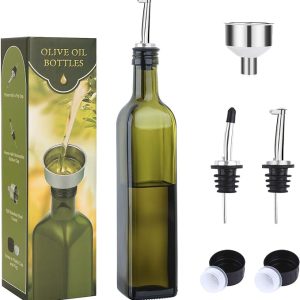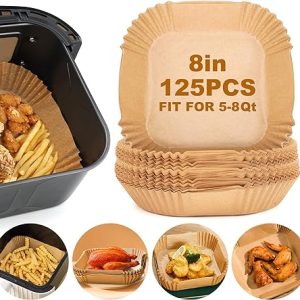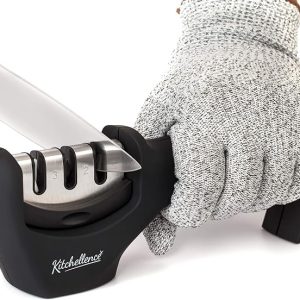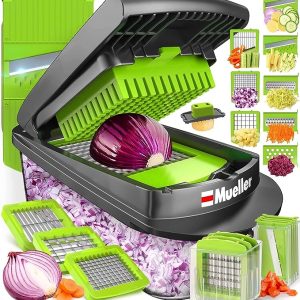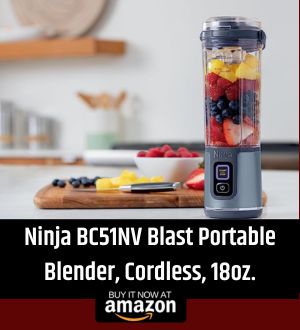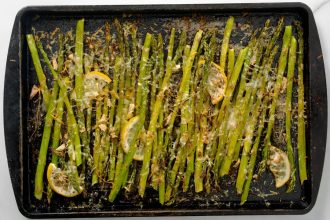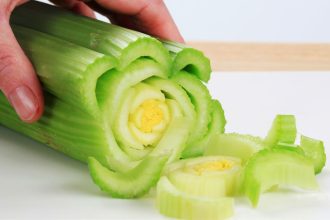One look in my pantry or refrigerator, and you will know I love all types of nut and fruit oils. Here, we’ll discuss how to select oils, which oils are better for specific applications, and we’ll decipher some labeling terminology.
Cold-pressed: This usually refers to olive oils extracted by pressure at room temperature without the use of chemical solvents to affect the flesh of the fruit.
Expeller Pressed: This is also a cold, chemical-solvent-free process by which seeds, pits, and nuts are compressed mechanically to extract their oils.
Extra Virgin: Processed from the first pressing of a harvest, extra virgin oils, especially olive oils, are low in acidity and offer the cleanest, most nutritional value.
Smoke Point: The temperature at which an oil begins to break down in a cooking vessel and smoke.
Almond Oil
Sweet almond oil is very nourishing. It makes a lovely drizzle over salads and imparts a beautiful aroma to pastries and cakes. Almond oil is widely used as a natural emollient in cosmetics for both hair and skin. It has a low smoke point, so it is not recommended for frying.
Canola
Harvested from rape seeds, mostly from the Canadian prairies, canola oil is the healthiest of the everyday cooking oils. Very low in saturated fats and a rich source of omega-3 and omega-6 fatty acids, canola oil is a very heart-healthy oil.
Corn Oil
It is a rich source of omega-6 fatty acids but also one of the most saturated (hydrogenated) cooking oils. Corn oil is never found in my kitchen.
Grape Seed
Harvested from a variety of grape seeds (vitis vinifera), grape seed oil is light and has a relatively high smoking point, but is quite expensive for frying. It is highly antioxidant, making it popular for health benefits, both for ingesting and for use in cosmetics.
Olive Oil
There are as many types of olive oil as the year is long. The best varieties are extra virgin and first-cold-pressed. My favorite for salad dressings is kalamata olive oil, made from those beautiful dark, purple-black Greek olives. Often, this oil is too flavorful and rich for use in light recipes, where I would call for a light extra virgin Italian olive oil.
Macadamia Nut Oil
Hawai’ian 100% macadamia nut oil is a good source of omega-3 and omega-6 fatty acids. It is delicious in salad dressings and to drizzle, with lemon, over fish.
Peanut Oil
A very high smoke point makes peanut oil ideal for deep-frying. It is widely used in Chinese, Vietnamese, and Indian cuisines.
Safflower Oil and Sunflower Oil
These oils are rich in vitamin E. Because safflower and sunflower oils are high in omega-6 fatty acids and contain no omega-3′s, they are less nutritious than canola oil. Even though they contain 90 percent unsaturated (non-hydrogenated) fats, they tend to be highly refined oils. The high oleic acid content of these oils gives them a fairly high smoke point and makes them favorites for cooking.
Truffle Oil
Usually found as olive oil infused with small concentrations of the expensive white or black truffle (Tuber melanosporum vitt) oil. Try drizzling truffle oil on a gourmet vegetarian pizza or cool pasta salads. Yummy! Try both white truffle and black truffle oil varieties, and find out which you like best for different recipes.
Vegetable Oil
You never know what you will get from one purchase to the next with generic vegetable oils. Whatever happens to fall from the vines, with little regard for condition, ends up in vegetable oils. These oils are typically highly refined and hydrogenated, with little or no taste or nutritive value.
Walnut Oil
Expeller-pressed, roasted 100% walnut oil adds a rich taste to salads, pastries, soups, and bread dipping oils. Walnut oil must be refrigerated after opening.


